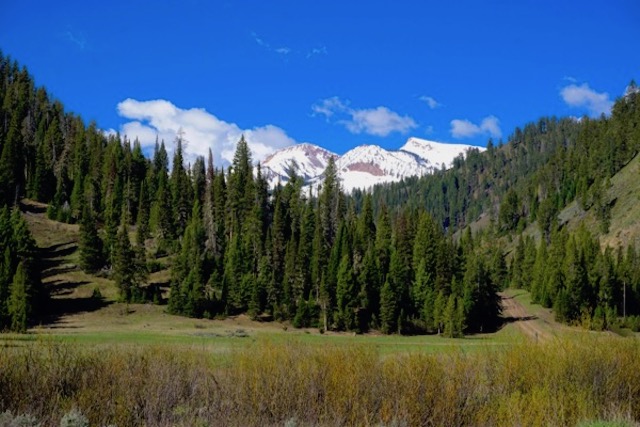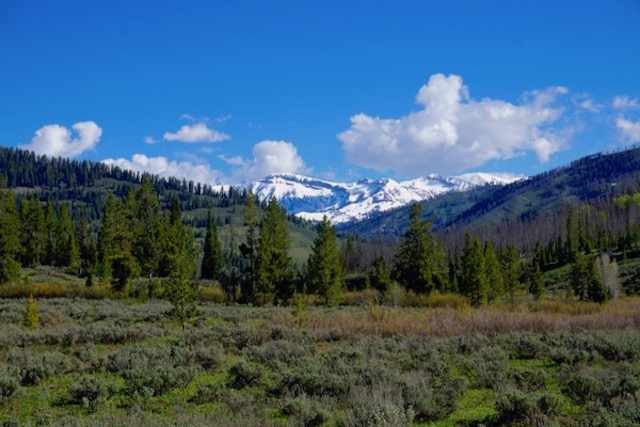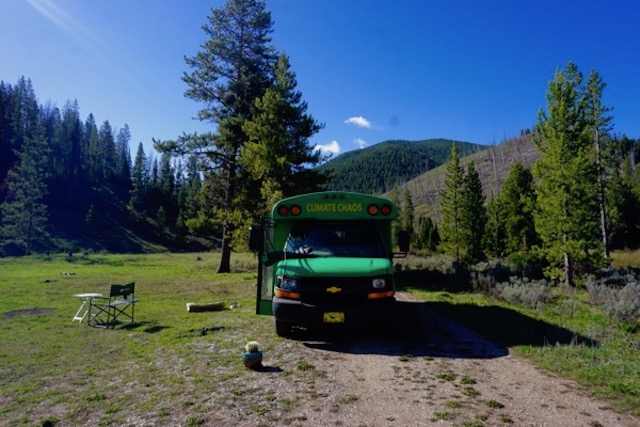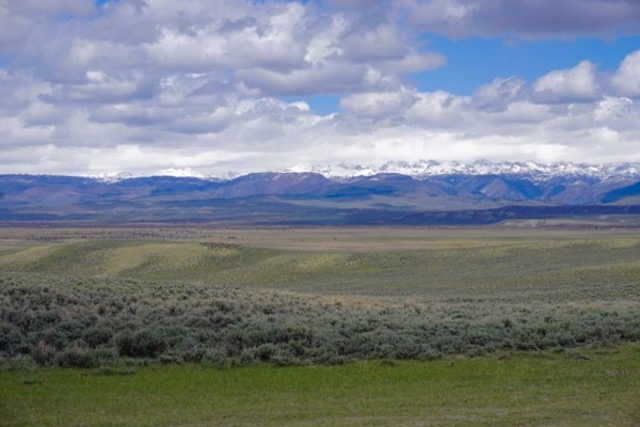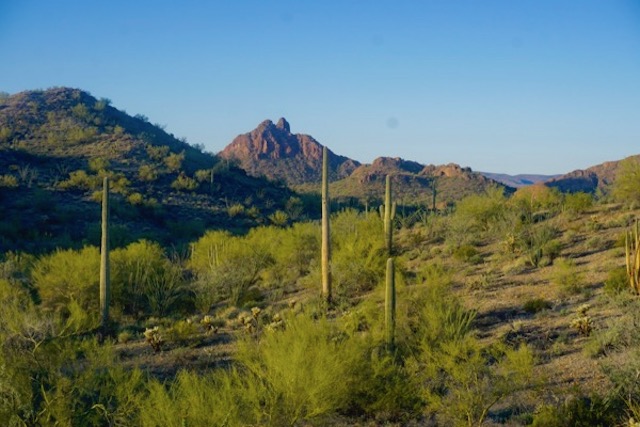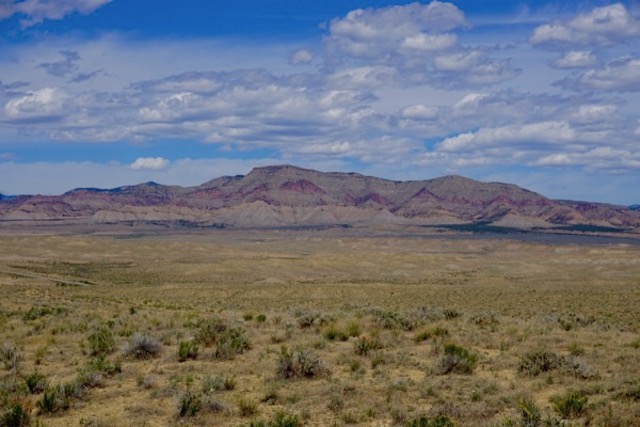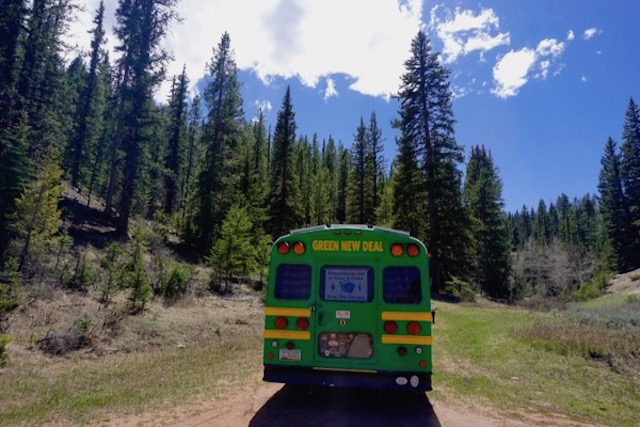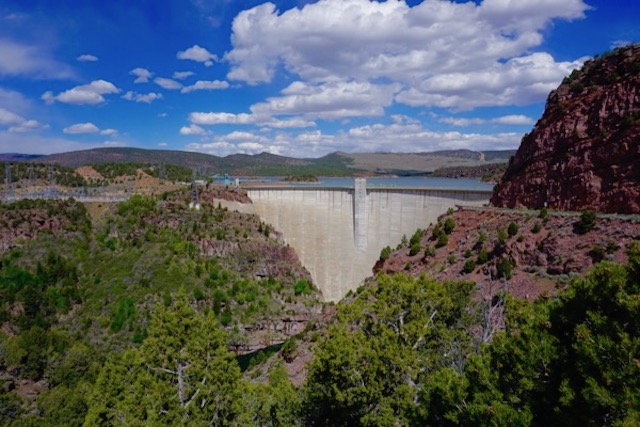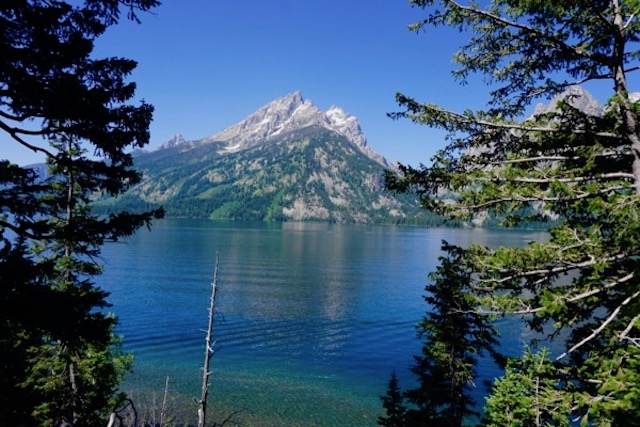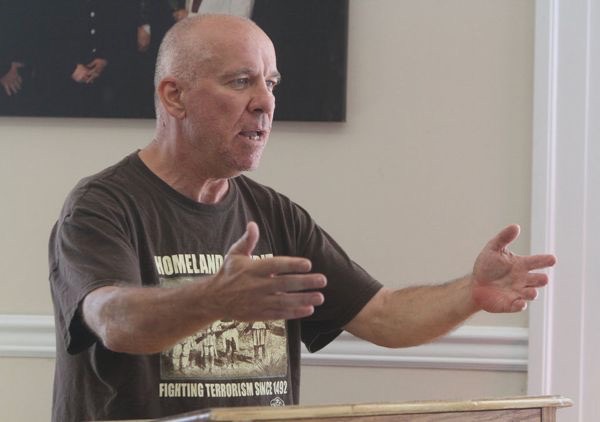Trump EPA Attack On State’s Clean Water Protections Reveals Major Failures In New Jersey
NJ DEP Does Not Even Have a Section 401 Water Quality Certification Program
While Trump directs regulatory rollbacks via Executive Order, Gov. Murphy is silent
[Update below]
Yesterday, the Trump EPA issued a final rule that attacks the power of States to protect water quality, known as the Clean Water Act’s Section 410 Water Quality Certification (WQC) (see NY Times story:
Back on April 10, 2019, President Trump issued an Executive Order that directed EPA to roll back the State’s power under the Clean Water Act Section 401 WQC.
The Trump administration’s motives and policy to promote fossil energy development are openly admitted by EPA: (see page 8)
B. Executive Order 13868: Promoting Energy Infrastructure and Economic Growth
The policy objective of the Executive Order is to encourage greater investment in energy infrastructure in the United States by promoting efficient federal licensing and permitting processes and reducing regulatory uncertainty. The Executive Order identified the EPA’s outdated section 401 federal guidance and regulations as one source of confusion and uncertainty hindering the development of energy infrastructure. […]
The Executive Order directed the EPA to review CWA section 401 and the EPA’s 1971 certification regulations and interim guidance, issue new guidance to States, Tribes, and federal agencies within 60 days of the Order, and propose (as appropriate and consistent with law) new section 401 regulations within 120 days of the Order.
While Trump aggressively uses Executive Authority to direct EPA to roll back regulations, NJ Governor Murphy is silent and sitting on the sidelines.
The Trump EPA gave Gov. Murphy and DEP Commissioner McCabe a heads up and plenty of advance notice and time to act to avoid damage to state powers:
On August 6, 2018, the Agency sent a letter to the Environmental Council of the States, the Association of Clean Water Administrators, the Association of State Wetland Managers, the National Tribal Water Council, and the National Tribal Caucus identifying the Agency’s interest in engaging in potential clarifications to the section 401 process. (at page 11) …
During the consultation period, the EPA participated in phone calls and in-person meetings with inter-governmental and Tribal associations, including the National Governors Association and National Tribal Water Council. […]
By promulgating these long-overdue regulations, it is not the EPA’s intent that States or Tribes violate either federal, State, or Tribal law pending completion of updates to applicable State or Tribal law. The Agency is aware that most if not all States have emergency rulemaking authorities that may help avoid such outcomes.
It is shocking that the NJ DEP – and NJ environmental groups and media – have done so little on the 401 WQC issue. Now, their power may be limited (I am reading the EPA rule now to fully understand this issue).
We’ve been writing about the Section 401 WQC for 8 years now, urging NJ environmental groups to focus on this powerful tool, urging the media to report on it, and documenting NJ DEP’s failure to implement a 401 WQC program (most recently in the DEP’s NESE Raritan Bay pipeline fake “denial”), so we’ll be brief today.
While other states – like New York and Connecticut – have aggressively used the State Section 401 WQC power to kill several pipelines (that’s why the Trump administration and their energy industry friends are seeking to kill it), the NJ DEP has done nothing with this power and does not even conduct a review of water quality impacts when they issue a WQC.
Under NJ DEP’s Freshwater Wetlands regulations, the WQC is merely an administrative appendage to a wetlands permit for projects subject to the 401 WQC requirements, (see NJAC 7:7A-2.1
(d) A permit issued under this chapter shall constitute the water quality certificate required under the Federal Act at 33 U.S.C. § 1341 for any activity covered by this chapter. … the Department shall use the standards and procedures in this chapter to determine whether to issue the water quality certificate
But there are no “standards” “in this chapter” (i.e. the wetlands rules) that apply to the water quality impacts or whether a project’s impacts would comply with NJ DEP’s surface water quality standards, including the anti-degradation policies, protection of existing and designated use mandates, and numeric and narrative standards designed to assure protection of the physical, chemical, and biological characteristics of water quality.
[Update: the failure to include enforceable SWQS standards is not an oversight or a gap. It is an intentional policy NOT to enforce SWQS.
Instead, under NJ DEP regulations, the DEP relies exclusively on BMP’s and mitigation to satisfy compliance with surface water quality standards.
If a project installs BMP’s – which DEP presumes protect water quality and comply with standards, even with no site specific scientific evidence or demonstration that this is true – (and the project mitigates or compensates for unavoidable adverse impacts) it’s good to go and is approved.
Because DEP’s rules lack SWQS or other standards, they can not be enforced and DEP has no authority to deny a permit or WQC and they never have. The best example of this is I’ve written about is the DEP’s Forestry Wetlands BMP Manual. But here is that policy, explicitly included in the definition of BMP under the wetlands rules:
“Best Management Practices” or “BMPs” means methods, measures, designs, performance standards, maintenance procedures, and other management practices which prevent or reduce adverse impacts upon or pollution of freshwater wetlands, State open waters, and adjacent aquatic habitats, which facilitate compliance with the Federal Section 404(b)(1) guidelines (40 CFR Part 230), New Jersey Department of Environmental Protection Flood Hazard Area Control Act Rules, N.J.A.C. 7:13; the Department’s Storm Water Management Regulations, N.J.A.C. 7:8; the Standards for Soil Erosion and Sediment Control in New Jersey, promulgated by the New Jersey State Soil Conservation Committee at N.J.A.C. 2:90; and effluent limitations or prohibitions under Section 307(a) of the Federal Act and the Department’s Surface Water Quality Standards, N.J.A.C. 7:9B. Examples include practices found at 33 CFR 330.6, 40 CFR 233.35(a)6, the Department’s Flood Hazard Area Technical Manual, and “A Manual of Freshwater Wetland Management Practices for Mosquito Control in New Jersey.” The manuals included in this definition are only a partial listing, and interested persons should contact the Department for the most up to date list.
That vague phrase “facilitate compliance with” is intentionally written that way, to dodge a frontal legal challenge and to provide a plausible deniability for failure to enforce the SWQS. DEP can always claim that in theory they reserve the right to enforce the SWQS, but in practice they NEVER DO SO. In practice, DEP has no 401 WQC review process (policies, standards, criteria, methods, procedures) so they never could do so. ~~~ end update]
To understand this NJ DEP failure to implement a 401 WQC program, just compare the DEP’s Raritan “denial” with the New York DEC’s denial (as I did in this post) (or any of the hundreds of prior WQCs issued by DEP).
In response to the Raritan post, I got a detailed set of questions from a local watershed group. Here is my reply:
I’ll try to reply to your good questions – sorry, my RSS/blog does not allow comments because my site has been hacked so many times I had to shut it down with software by my ISP.
NJ DEP literally has no 401 WQC program. The WQC is an administrative appendage to a wetlands permit under NJ DEP’s freshwater wetlands rules. The DEP does not conduct any kind of technical review regarding water quality impacts of pipelines (or any other project subject to the WQC requirements) with respect to whether they comply with NJ’s water quality standards. That’s why I included a link to the NY DEC WQC denial so people could see what a real WQC review and certification looks like (BTW, while I was at DEP, I wrote the SWQS anti degradation provisions with respect to Category One designations and later the 300 foot buffers in the stormwater rules. I designed and lead that program backing 2002).
In order to actually implement the 401 WQC program, NJ DEP would have to propose/adopt new rules. About 7 years ago, and at least 10 times since then, I’ve written detailed posts about how to do this and what a WQC review would look like under NJ DEP’s. Surface Water Quality Standards. I’ve also written posts about “a citizens guide to WQC”. I’ve sent these posts as emails to NJ environmental groups and urged them to format them into a petition for rule making and design a public campaign to pressure DEP and the Gov. to develop a 401 WQC program. So, groups like NJCF INTENTIONALLY are not doing the right thing.
NJ DEP does implement and apply surface water quality standards in the NJPDES point source discharge to surface water permit program (NJPDES DSW). That is THE ONLY DEP permit program that applies the water quality standards. That NJPDES DSW review process is a complex technical exercise involving wastewater characterization, “background” water quality, “reasonable potential” to exceed water quality standards, dilution modeling, stream flows, mixing zones, etc. There are many highly technical loopholes in this review, but at least DEP conducts it.
In contrast, when DEP issues stormwater permits, stream encroachment permits, wetlands permits, water allocation permits – ALL of which have water quality impacts – THEY DO NOT CONSIDER OR APPLY THE SWQS! DEP’s legal position is that non-point source pollution is not subject to the SWQS.
The WQC strategy should be:
1) get a WQ consultant (Princeton Hydro?) to draft a Report on how to design/implement a 401 WQC program – simply requiring permit applicants to demonstrate 4 quarters of site specific statistically representative sampling of “existing water quality” in order to enforce the anti-degradation requirements would be a huge step forward. This would also include site specific stream flows, rainfall/runoff, and water quality modeling of the impacts of the disturbance required for the pipeline construction and how the impacts would comply with numeric and narrative SWQS.
2) make this Report the technical basis for a petition for rule making. Submit that petition to DEP under the rule-making petition provisions of NJ Administrative Procedures Act.
3) hold a press conference announcing the petition and explain the implications to the press and public. Inform the public that while other states are using the WQC to kill pipelines (NY is not the only state doing this, as I’ve written many times), NJ DEP is doing literally NOTHING with their WQC power. This is now a problem, due to the new EPA WQC rule, which I am now reading to fully understand how it will limit state WQC programs.
4) demand a moratorium on any DEP WQC review/certification pending DEP’s adoption of new WQC program rules. This moratorium would have to be issued by the Gov. via Executive Order (there are many precedents for this. In fact, this is how NJ got the freshwater wetlands Act and Pinelands Protection Act passed!)
5) focus on DEP and the Governor.
I’ve laid this all out many, many times to NJ environmental leaders, yet they continue to ignore it. Maya at Delaware Riverkeeper fully understands all this, but they have focused only on litigation, not calling out NJ DEP’s regulatory failures. Jeff Tittel at Sierra Club gets it too, but he lacks capacity and support.
NJCF, the watershed groups, and others simply don’t get it and don’t want to flag weaknesses in DEP regulations or politically pressure the Gov. They have conflicts of interest and should not be relied on. Plus, they have chosen a very different strategy to fight pipelines and going full on the WQC issue would be an admission of failure for YEARS to focus on this key regulatory tool.
